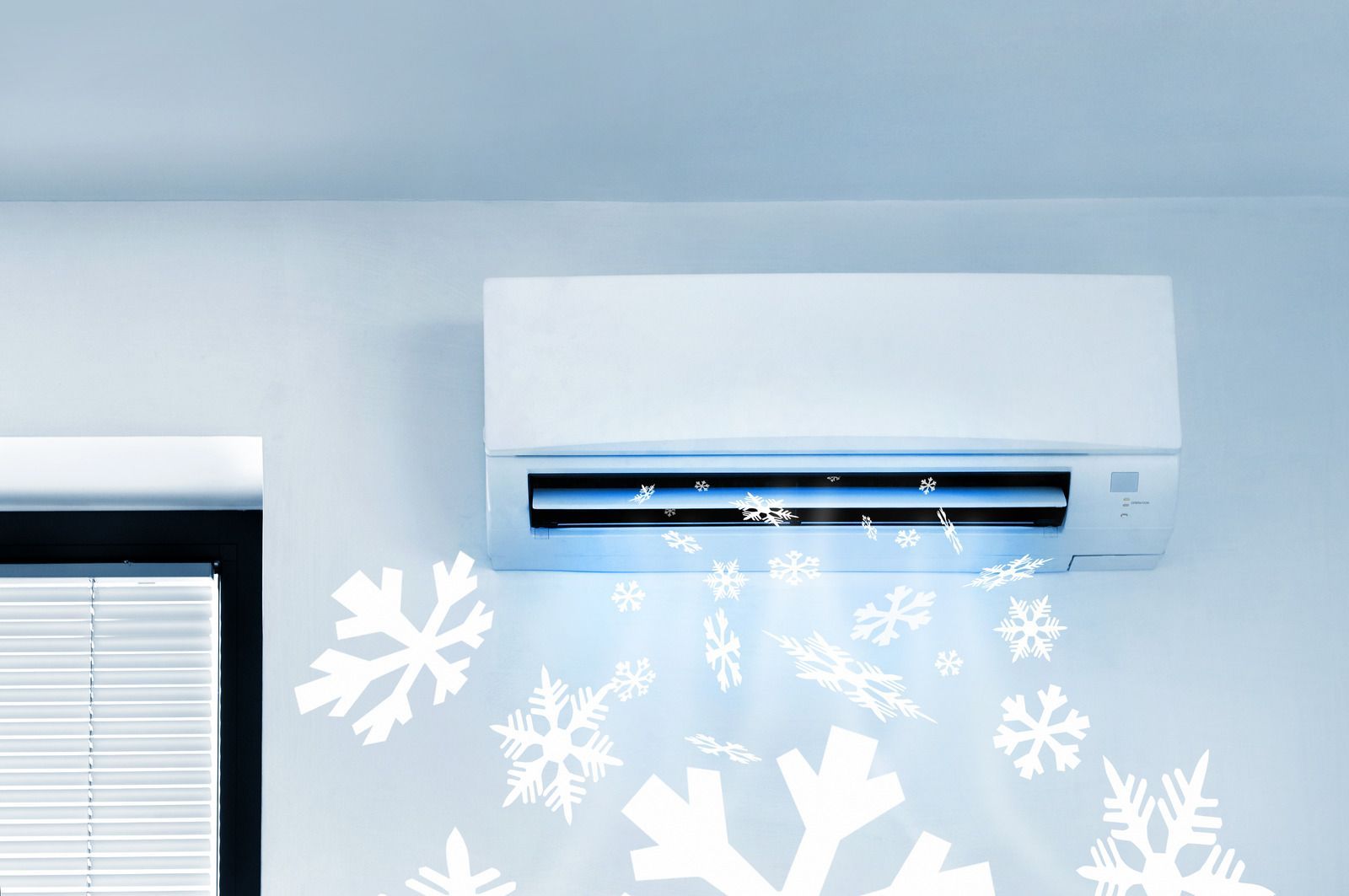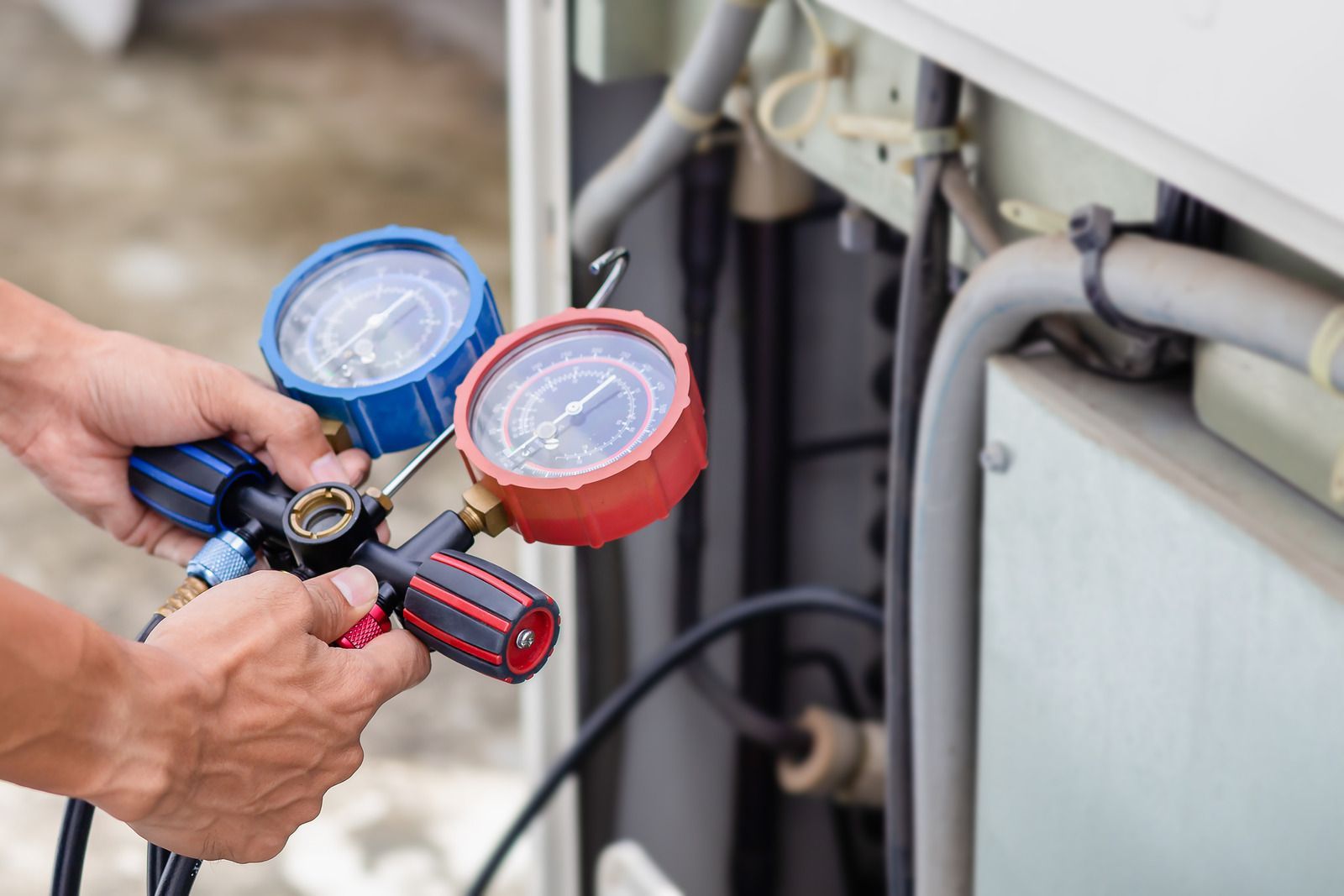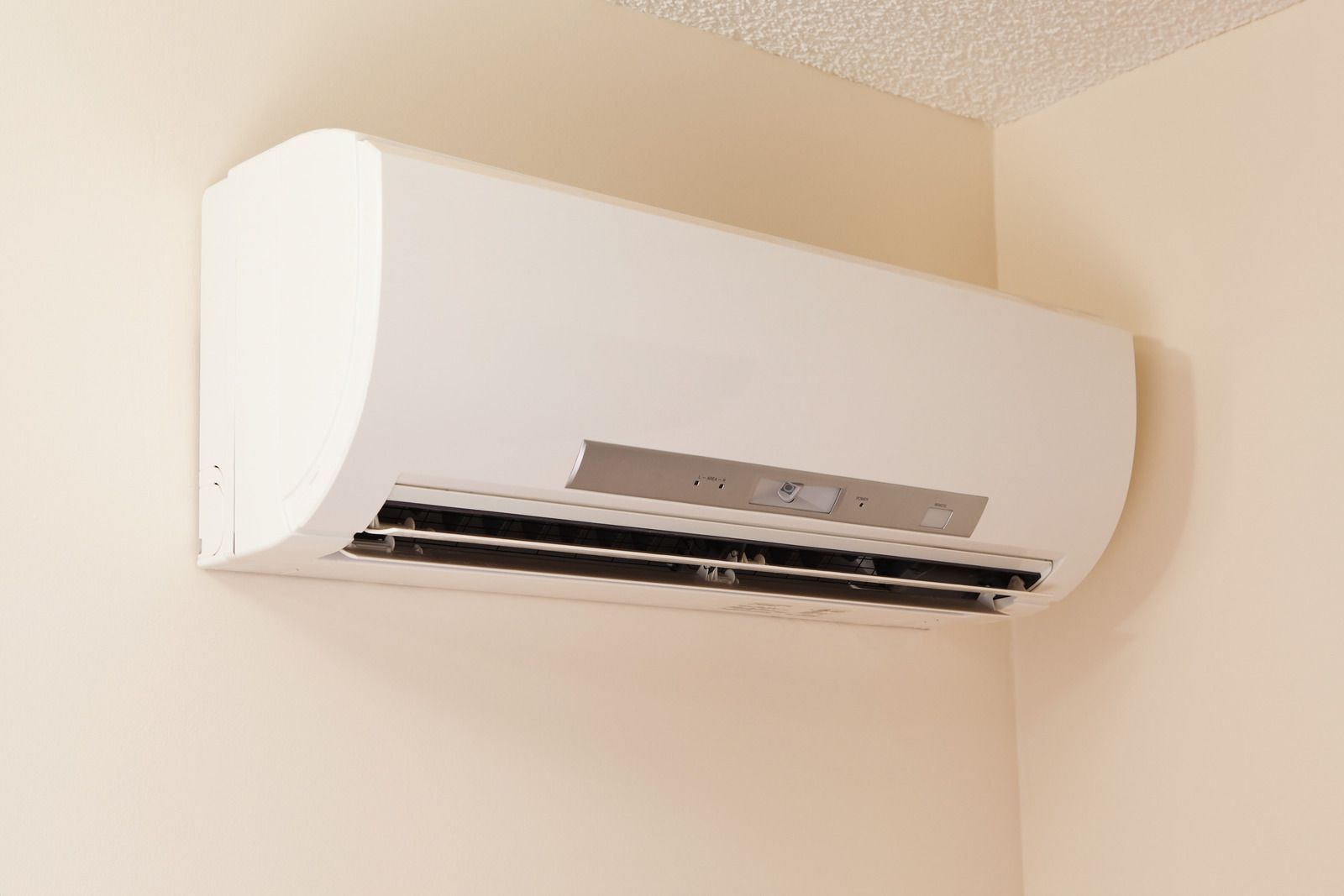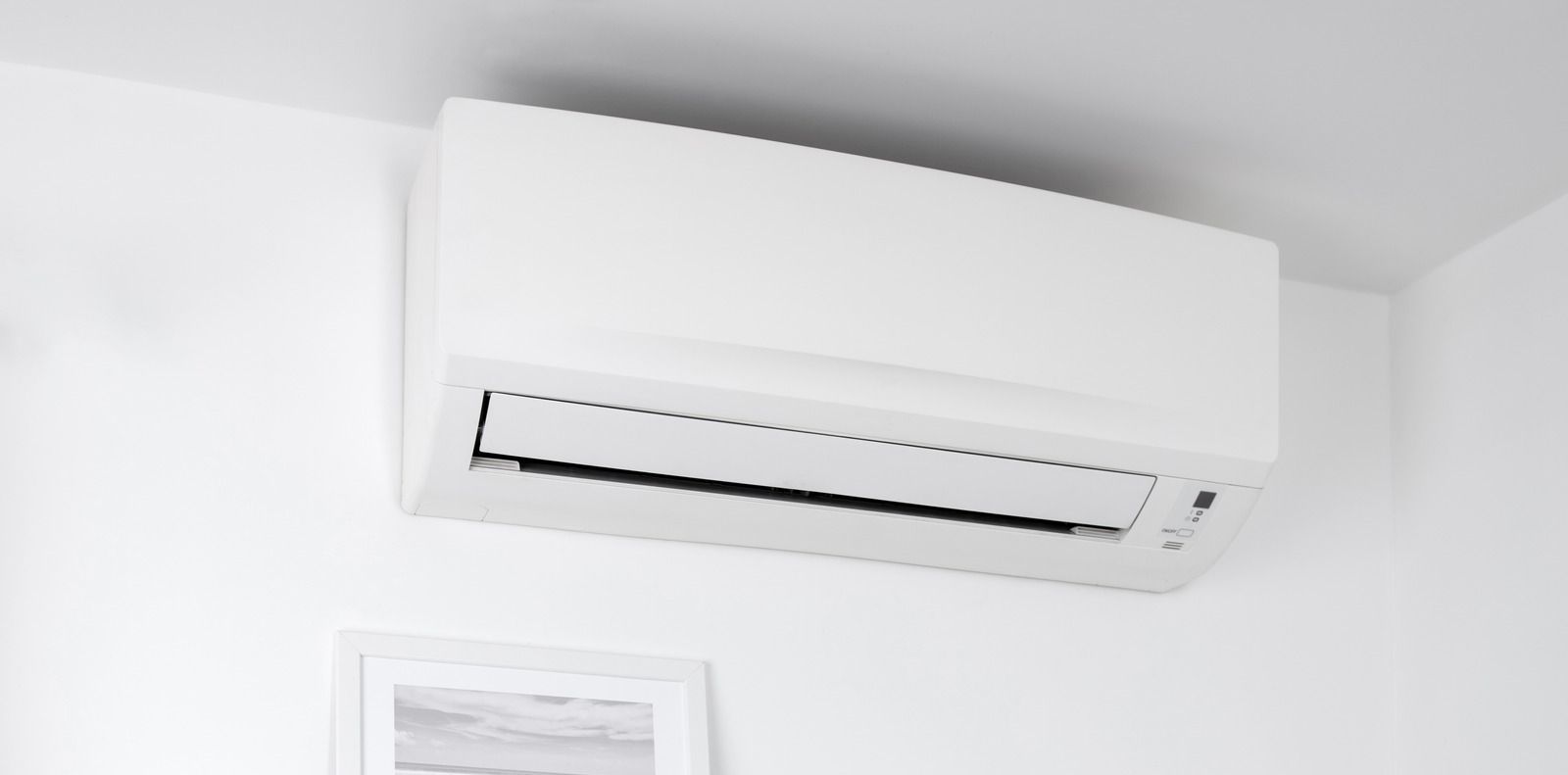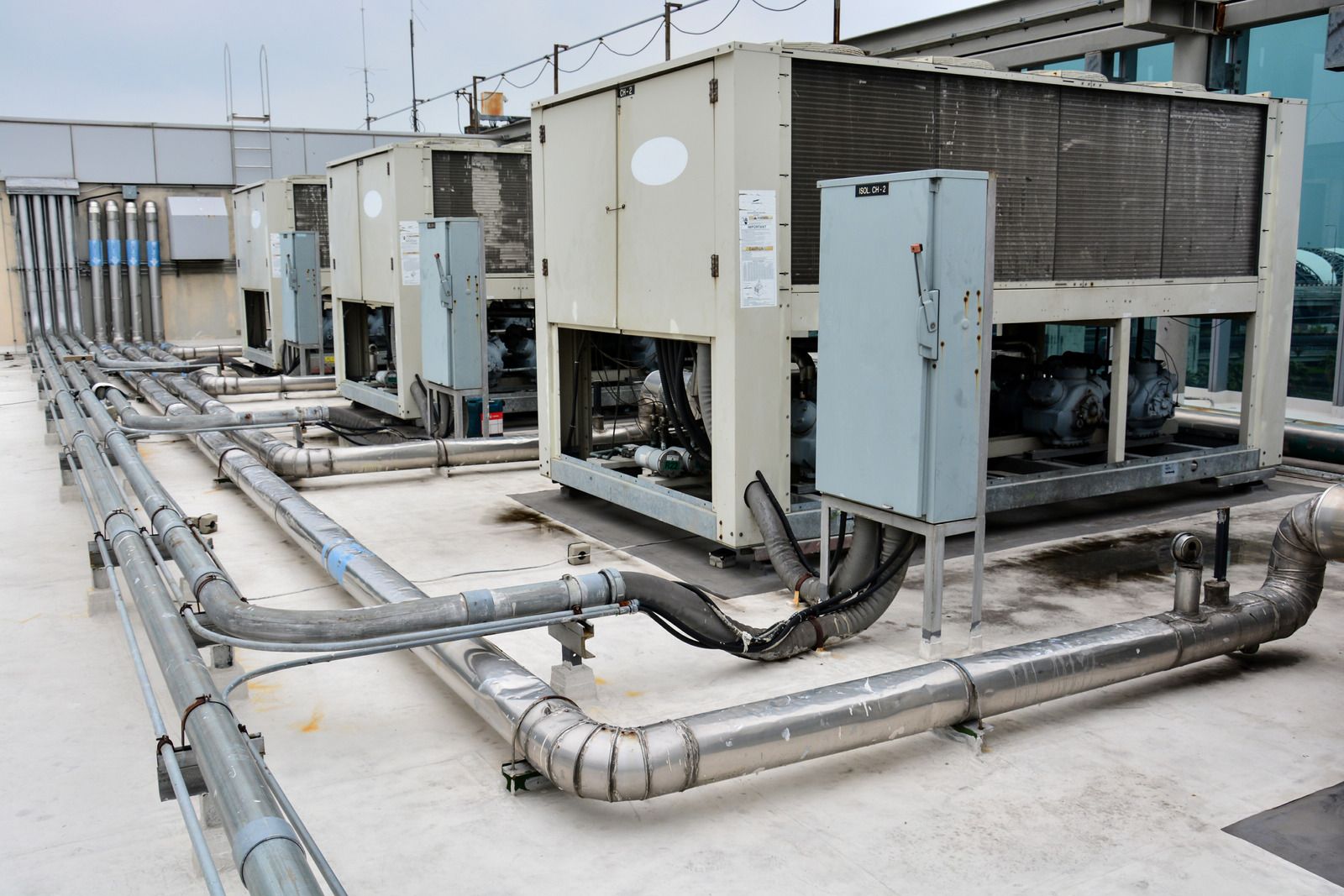How Professionals Do Strategic Mini-Split AC Placement for Optimal Comfort
Mini-split air conditioners, with their sleek design and targeted cooling capabilities, have become a popular choice for modern homes. Unlike traditional central air conditioning systems, mini-splits offer zone-specific temperature control, improving comfort and energy efficiency. But did you know that the placement of your mini-split unit plays a critical role in its effectiveness? Here's a glimpse into how professionals approach strategic
mini-split AC placement for optimal comfort in your home.
Maximizing Airflow
The core function of a mini-split system lies in its ability to circulate cool air effectively throughout a designated space. To achieve this, professionals prioritize specific factors during placement:
- Centralized Location: The ideal location for your indoor unit is typically a central wall within the room. This central position allows for unobstructed airflow, ensuring cool air reaches all corners of the space.
- Mind the Blockages: Anything obstructing airflow, such as furniture, curtains, or doorways, can significantly reduce the unit's effectiveness. Professionals carefully assess the room layout and avoid placing the unit near such obstacles.
- Maintaining Clearance: Proper air circulation also requires adequate space around the indoor unit. Professionals ensure a foot of clearance on all sides and above the unit to prevent airflow restriction.
Finding the Comfort Zone
The height at which your mini-split unit is mounted significantly impacts comfort levels within the room. Here's what professionals consider:
- Optimal Comfort Zone: Cool air naturally settles downwards. Therefore, professionals typically recommend mounting the unit between six and seven feet above the floor. This placement ensures the cool air stream reaches the breathing zone of occupants without creating uncomfortable drafts.
- Ceiling Height Considerations: Professionals may recommend alternative solutions in rooms with high ceilings, such as angled airflow vents or multiple indoor units, to ensure proper cool air distribution throughout the space.
Avoiding Common Pitfalls
While maximizing comfort is a key objective, professionals also consider other factors during placement:
- Direct Sunlight Exposure: Direct sunlight hitting the indoor unit can disrupt its performance and lead to inefficiencies. Professionals avoid placing the unit on walls exposed to direct afternoon sun.
- Condensate Drainage: The mini-split system generates condensation during operation. Professionals ensure proper drainage by strategically positioning the unit and condensate drain line to avoid any water build-up or leaks.
- Aesthetic Considerations: While functionality reigns supreme, professionals also look for a visually pleasing outcome. They consider the room's overall layout and choose a placement that complements the aesthetics of your space.
The Value of Professional Placement
Strategic mini-split placement requires expertise and a keen understanding of airflow dynamics. While DIY options might seem tempting, a professional installation ensures optimal performance, comfort, and long-term efficiency of your mini-split system. Professionals possess the necessary skills and knowledge and can recommend the most suitable unit size and configuration for your specific needs.
By employing strategic placement techniques, professionals transform mini-split ACs into powerful tools for creating a comfortable and energy-efficient cooling experience within your home.
